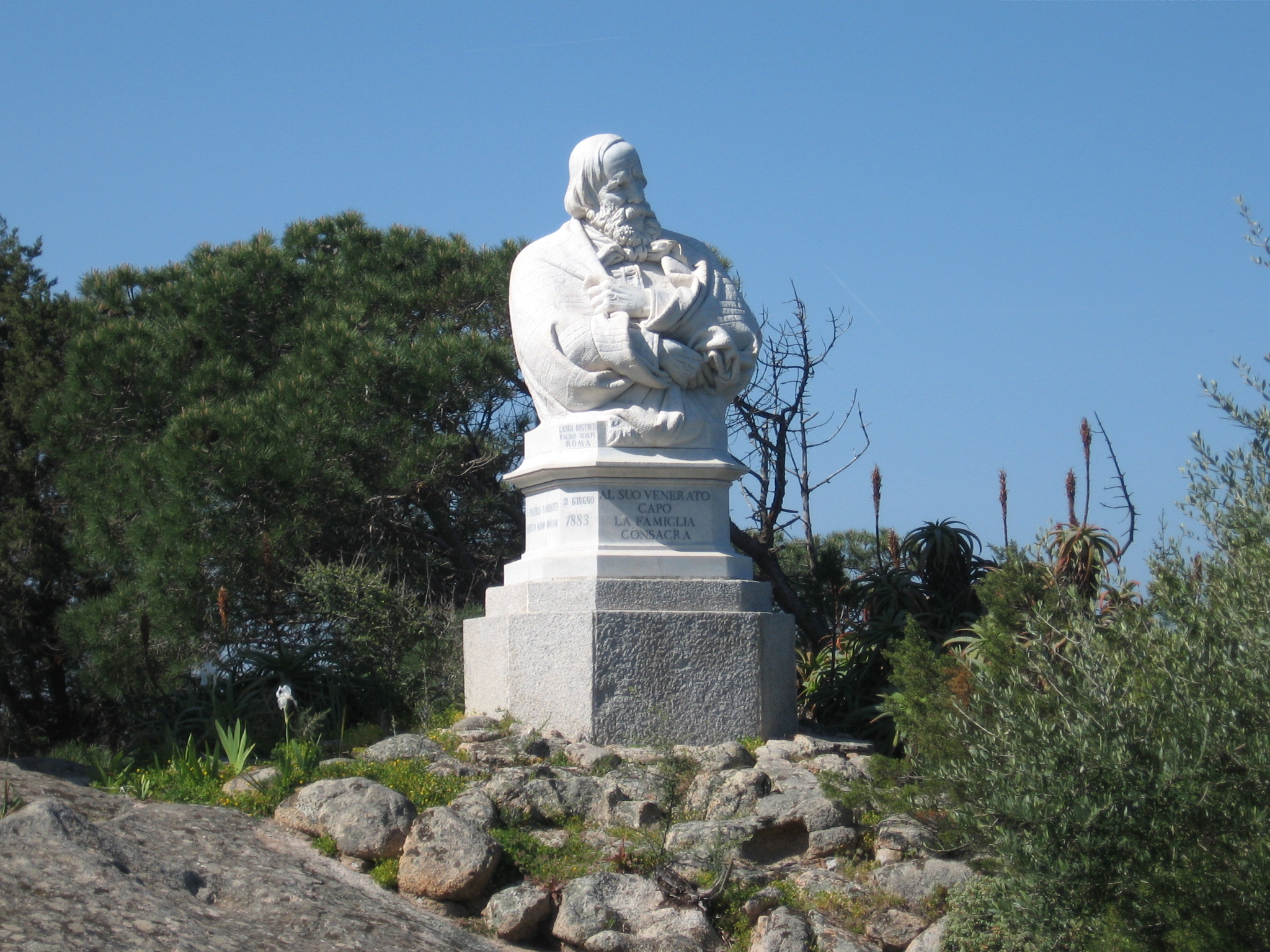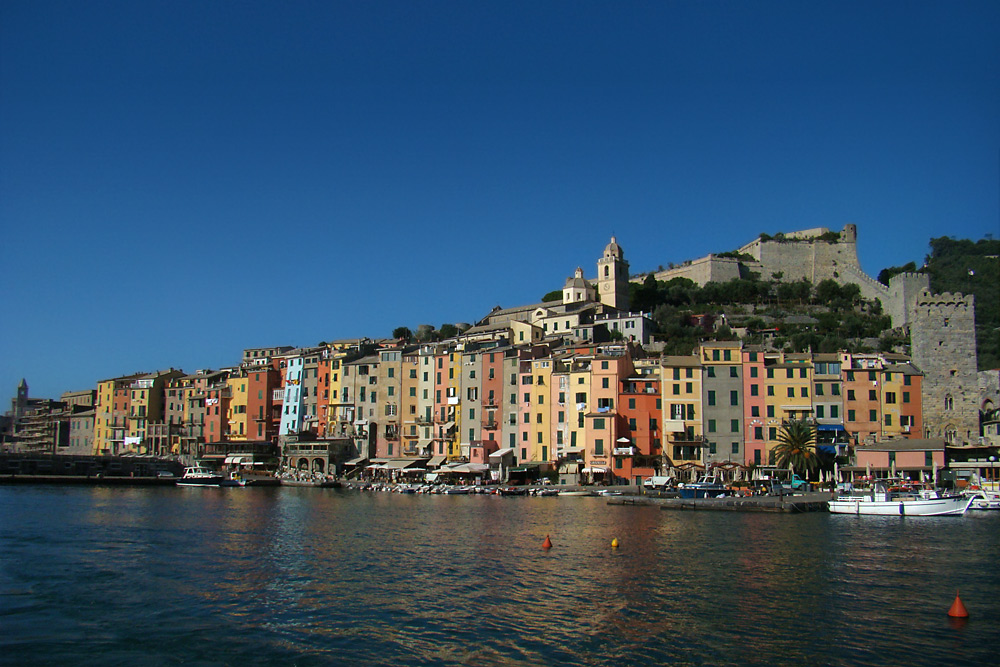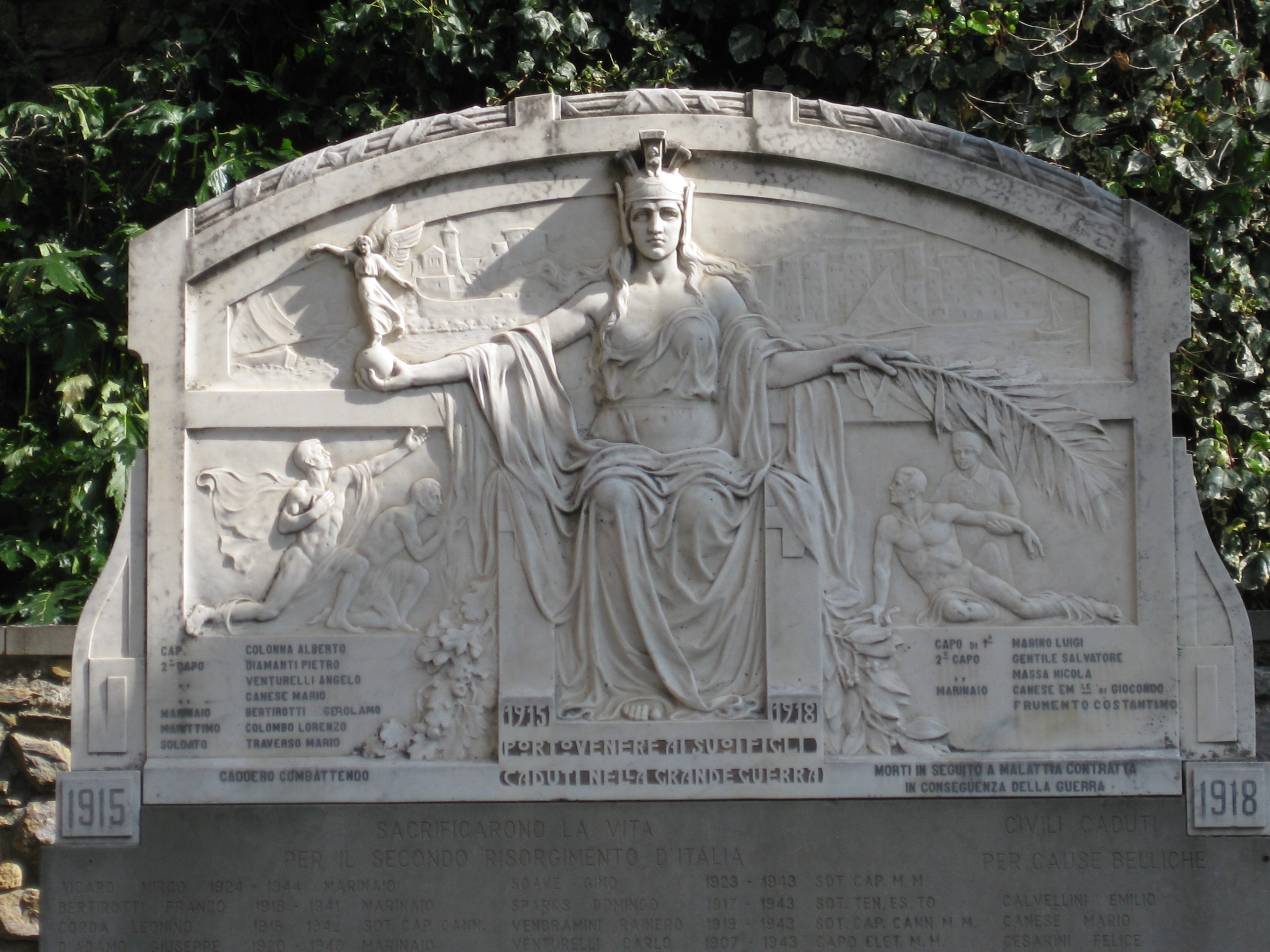|
Battle Of Aspromonte
The Battle of Aspromonte, also known as the Day of Aspromonte ( it, Giornata dell'Aspromonte), was a minor engagement that took place on 29 August 1862, and was an inconclusive episode of the Italian unification process. It is named after the nearby mountain of Aspromonte in southern Italy. Giuseppe Garibaldi's army of volunteers was attacked by the Royal Italian Army while marching from Sicily towards Rome, capital of the Papal States, which it intended to annex into the newly created Kingdom of Italy. In the fighting, which took place a few kilometers from Gambarie, Garibaldi was wounded and taken prisoner. Background When Victor Emmanuel II became the King of Italy on 17 March 1861, the newly created Kingdom of Italy did not include Veneto and Rome. These " unredeemed" cities, as they would be called a few decades later, were a constant cause of friction in Italian politics. The dispute concerning Rome, specifically known as the "Roman Question", had arisen after the Itali ... [...More Info...] [...Related Items...] OR: [Wikipedia] [Google] [Baidu] |
Gerolamo Induno
Gerolamo Induno (13 December 1825 – 18 December 1890) was an Italian painter and soldier, best known for his military scenes. His older brother, Domenico, was also a well-known artist and they often worked together. Biography He was born in Milan, where his father was a chef and butler at the Milanese court. He took his first formal art lessons at the Brera Academy, where he studied with Luigi Sabatelli from 1839 to 1846.Biographical notes from L'Unificazione (2011) @ . His first exhibit was in 1845; composed of portraits and a scene from '' The Betrothed'' by |
Bettino Ricasoli
Bettino Ricasoli, 1st Count of Brolio, 2nd Baron Ricasoli (; 9 March 180923 October 1880) was an Italian statesman. He was a central figure in the politics of Italy during and after the unification of Italy. He led the Moderate Party. Biography Ricasoli was born in Florence. Left an orphan at eighteen, with an estate heavily in debt, he was by special decree of the grand duke of Tuscany declared of age and entrusted with the guardianship of his younger brothers. He was Catholic. Interrupting his studies, he withdrew to Brolio, and by careful management disencumbered the family possessions. In 1847 he founded the journal ''La Patria'', and addressed to the grand duke a memorial suggesting remedies for the difficulties of the state. In 1848 he was elected ''Gonfaloniere'' of Florence, but resigned on account of the anti-Liberal tendencies of the grand duke. Endnotes: *Tabarrini and Gotti, ''Lettere e documenti del barone Bettino Ricasoli'', 10 vols. (Florence, 1886–1894) *Passeri ... [...More Info...] [...Related Items...] OR: [Wikipedia] [Google] [Baidu] |
September Convention
The September Convention was a treaty, signed on 15 September 1864, between the Kingdom of Italy and the French Empire, under which: * French Emperor Napoleon III would withdraw all French troops from Rome within two years. * King Victor Emmanuel II of Italy guaranteed the frontiers of the Papal States, which at the time consisted of Rome and Latium. Additionally, in a protocol at first kept secret, the Italian government pledged to move its capital from Turin to another city (later selected by a commission to be Florence) within six months, to prove its good faith in giving up all claims on Rome. Background Benito Juárez was elected President of Mexico in 1861. In the aftermath of the Reform War (1858-1860), the country was left with a severely damaged infrastructure, crippled economy, and massive debt. Juárez not only continued the anti-clerical policies of the liberals, but, more importantly, canceled repayments of interest on foreign loans that had been taken out by the def ... [...More Info...] [...Related Items...] OR: [Wikipedia] [Google] [Baidu] |
Marco Minghetti
Marco Minghetti (18 November 1818 – 10 December 1886) was an Italian economist and statesman. Biography Minghetti was born at Bologna, then part of the Papal States. He signed the petition to the Papal conclave, 1846, urging the election of a liberal pope, and was appointed member of the state council summoned to prepare the constitution for the Papal States. With Antonio Montanan and Rodolfo Audinot he founded at Bologna a paper, ''Il Felsineo''. In the first constitutional cabinet of the Papal States, presided over by Cardinal Antonelli, Minghetti held the portfolio of public works, but after Pius IX publicly spoke against the Italian Risorgimento he resigned and joined the Piedmontese army as captain on the general staff. Returning to Rome in September 1848, he refused to form a cabinet after the assassination of Pellegrino Rossi (15 November), and spent the next eight years in study and travel. Summoned to Paris by Cavour in 1856 to prepare the memorandum on the Ro ... [...More Info...] [...Related Items...] OR: [Wikipedia] [Google] [Baidu] |
Giuseppe Mazzini
Giuseppe Mazzini (, , ; 22 June 1805 – 10 March 1872) was an Italian politician, journalist, and activist for the unification of Italy (Risorgimento) and spearhead of the Italian revolutionary movement. His efforts helped bring about the independent and unified Italy in place of the several separate states, many dominated by foreign powers, that existed until the 19th century. An Italian nationalist in the historical radical tradition and a proponent of social-democratic republicanism, Mazzini helped define the modern European movement for popular democracy in a republican state. Mazzini's thoughts had a very considerable influence on the Italian and European republican movements, in the Constitution of Italy, about Europeanism and more nuanced on many politicians of a later period, among them American president Woodrow Wilson and British prime minister David Lloyd George as well as post-colonial leaders such as Mahatma Gandhi, Veer Savarkar, Golda Meir, David Ben-Guri ... [...More Info...] [...Related Items...] OR: [Wikipedia] [Google] [Baidu] |
Caprera
Caprera is an island in the Maddalena archipelago off the coast of Sardinia, Italy. In the area of La Maddalena island in the Strait of Bonifacio, it is a tourist destination and the place to which Giuseppe Garibaldi retired from 1854 until his death in 1882. Scarcely populated, the majority of the inhabitants live in Borgo di Stagnali. The island of Caprera is entirely included in the La Maddalena Archipelago National Park: a marine and land protected area of national and community interest. In particular, the marine zone in front of the area of ''Punta Rossa'', a southern extension of the island, is an area with maximum environmental protection, with ''Cala Andreani'' and ''Spiaggia del Relitto''. The eastern ridge of the island is a land zone of full protection, while the marine area in front of ''Punta Coticcio'', including ''Cala Coticcio'', is protected by the managing authority of the National Park. Features The island was probably given its name because of the numerous ... [...More Info...] [...Related Items...] OR: [Wikipedia] [Google] [Baidu] |
Porto Venere
Porto Venere (; until 1991 ''Portovenere''; lij, Pòrtivene) is a town and ''comune'' (municipality) located on the Ligurian coast of Italy in the province of La Spezia. It comprises the three villages of Fezzano, Le Grazie and Porto Venere, and the three islands of Palmaria, Tino and Tinetto. In 1997 Porto Venere and the villages of Cinque Terre were designated by UNESCO as a World Heritage Site. History The ancient ''Portus Veneris'' is believed to date back to at least the middle of the 1st century BC. It has been said that the name refers to a temple to the goddess Venus which was sited on the promontory where the church of Peter the Apostle now stands. The name has also been linked to that of the hermit Saint Venerius. In Roman times the city was essentially a fishing community. After the fall of the Western Roman Empire, Porto Venere became the base of the Byzantine fleet in the northern Tyrrhenian Sea, but was destroyed by the Lombards in 643 AD. Later, it ... [...More Info...] [...Related Items...] OR: [Wikipedia] [Google] [Baidu] |
Varignano, La Spezia
Porto Venere (; until 1991 ''Portovenere''; lij, Pòrtivene) is a town and ''comune'' (municipality) located on the Ligurian coast of Italy in the province of La Spezia. It comprises the three villages of Fezzano, Le Grazie and Porto Venere, and the three islands of Palmaria, Tino and Tinetto. In 1997 Porto Venere and the villages of Cinque Terre were designated by UNESCO as a World Heritage Site. History The ancient ''Portus Veneris'' is believed to date back to at least the middle of the 1st century BC. It has been said that the name refers to a temple to the goddess Venus which was sited on the promontory where the church of Peter the Apostle now stands. The name has also been linked to that of the hermit Saint Venerius. In Roman times the city was essentially a fishing community. After the fall of the Western Roman Empire, Porto Venere became the base of the Byzantine fleet in the northern Tyrrhenian Sea, but was destroyed by the Lombards in 643 AD. Later, it ... [...More Info...] [...Related Items...] OR: [Wikipedia] [Google] [Baidu] |
Malleolus
A malleolus is the bony prominence on each side of the human ankle. Each leg is supported by two bones, the tibia on the inner side (medial) of the leg and the fibula on the outer side (lateral) of the leg. The medial malleolus is the prominence on the inner side of the ankle, formed by the lower end of the tibia. The lateral malleolus is the prominence on the outer side of the ankle, formed by the lower end of the fibula. The word ''malleolus'' (), plural ''malleoli'' (), comes from Latin and means "small hammer". (It is cognate with ''mallet''.) Medial malleolus The medial malleolus is found at the foot end of the tibia. The medial surface of the lower extremity of tibia is prolonged downward to form a strong pyramidal process, flattened from without inward - the medial malleolus. * The ''medial surface'' of this process is convex and subcutaneous. * The ''lateral'' or ''articular surface'' is smooth and slightly concave, and articulates with the talus. * The ''anterior bo ... [...More Info...] [...Related Items...] OR: [Wikipedia] [Google] [Baidu] |
Bersaglieri
The Bersaglieri, singular Bersagliere, (, "sharpshooter") are a troop of marksmen in the Italian Army's infantry corps. They were originally created by General Alessandro La Marmora on 18 June 1836 to serve in the Royal Sardinian Army, which later became the Royal Italian Army. They can be recognized by their distinctive wide-brimmed hats decorated with black capercaillie feathers, which is worn with the dress uniform. The feathers are also applied to their combat helmets. Description The Bersaglieri Corps were a high-mobility light infantry at their inception in 1836, with their specific situation evolving with changes in warfare. In the nineteenth century, Bersaglieri acted as skirmishers or shock troops, moving from place to place by running. An elaborate system of bugle calls allowed their units to be deployed and commanded quickly, singly or in combination. The tradition of running continues today in parades and during barracks duty. In World War I, some Bersaglieri serv ... [...More Info...] [...Related Items...] OR: [Wikipedia] [Google] [Baidu] |
Strait Of Messina
The Strait of Messina ( it, Stretto di Messina, Sicilian: Strittu di Missina) is a narrow strait between the eastern tip of Sicily (Punta del Faro) and the western tip of Calabria ( Punta Pezzo) in Southern Italy. It connects the Tyrrhenian Sea to the north with the Ionian Sea to the south, within the central Mediterranean. At its narrowest point, between Torre Faro and Villa San Giovanni, it is wide. At the city of Messina, it is wide. The strait's maximum depth is about . The strait has strong tidal currents that create a unique marine ecosystem. A natural whirlpool in the northern portion of the strait has been linked to the Greek legend of Scylla and Charybdis. In some circumstances, the mirage of Fata Morgana can be observed when looking at Sicily from Calabria. With its bottleneck shape, it is also a compulsory point of transit in the migration of many bird species. In 1957, a 220 kV overhead power line was built across the Strait of Messina. Its pylons are amo ... [...More Info...] [...Related Items...] OR: [Wikipedia] [Google] [Baidu] |
Enrico Cialdini
Enrico Cialdini, Duca di Gaeta (8 August 18118 September 1892) was an Italian soldier, politician and diplomat. Biography He was born in Castelvetro, in the province of Modena. In 1831 he took part in the insurrection at Modena, fleeing afterwards to Paris, whence he proceeded to Spain to fight against the Carlists. Returning to Italy in 1848, he commanded a regiment at the battle of Novara. In 1859, he organized the Alpine Brigade, fought at Palestro at the head of the 4th Division; in the following year invaded the Marche, won the battle of Castelfidardo, took Ancona, and subsequently directed the Siege of Gaeta. For these services he was created ''Duke of Gaeta'' by the king, and was assigned a pension of 20,000 lire by the Italian Parliament. In 1861 his intervention envenomed the Cavour-Garibaldi dispute, royal mediation alone preventing a duel between him and Garibaldi. Placed in command of the troops sent to oppose the Garibaldian expedition of 1862, he defeated G ... [...More Info...] [...Related Items...] OR: [Wikipedia] [Google] [Baidu] |




